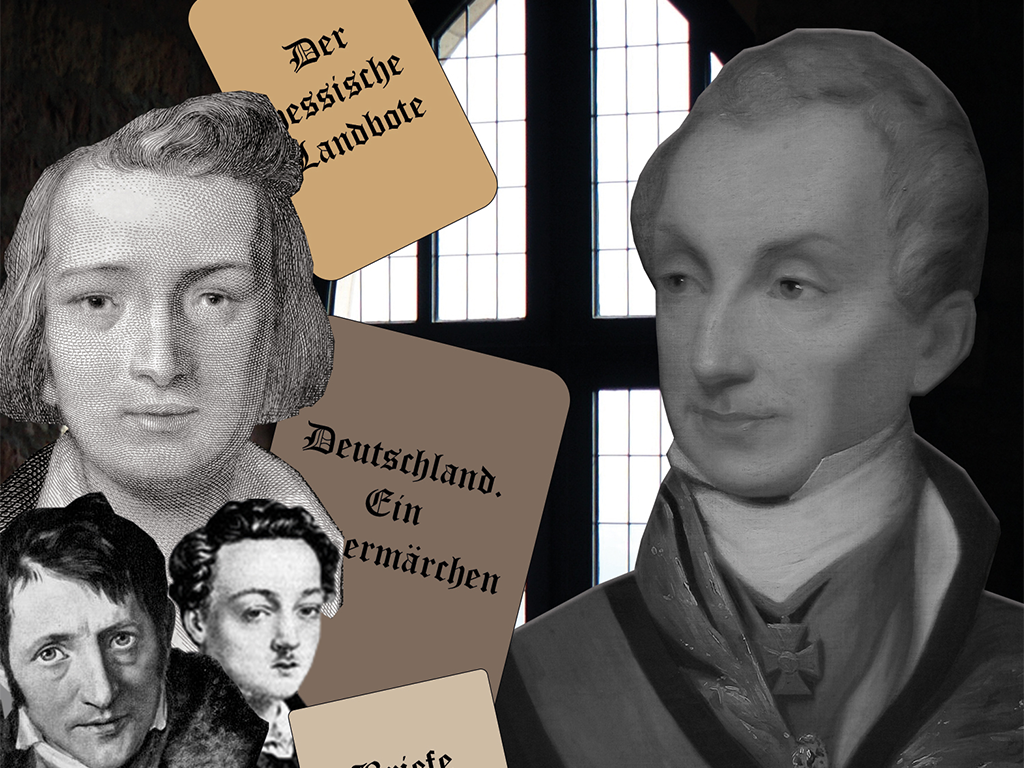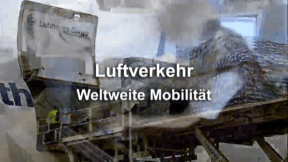 German
German


46503523 / 55502997
Pre-March Era
Literature and History
After Napoleon's final defeat at Waterloo in 1815, Europe was reorganised at the Congress of Vienna.The civil rights achieved in the French Revolution, which spread throughout Europe, were taken back. The growing resistance to this culminated in the March Revolutions of 1848 in various European countries. The film traces the epoch of Vormärz in Germany and shows in particular how the political present of the time was reflected in literature. In combination with the extensive additional material (classic and interactive worksheets, glossary, test questions), the medium can be used excellently in class. Glossary, interactive tasks and test questions were created with H5P and can be used without additional software. In the detailed data section of the DVD 82 pages of teaching and accompanying material, of which: 18 pages of worksheets and supplements with solutions 20 test questions 8 Interactive tasks Translated with www.DeepL.com/Translator (free version)
Play trailer

Curriculum-centred and oriented towards educational standards
Matching
Air Traffic
Being able to fly has been a dream of humanity from time immemorial. But it does not even date back a century that people actually started being able to travel through the air. Since the 1960s, the number of flight passengers has been constantly increasing. Thus, the airspace is no longer dominated by birds but by man-made flying objects.









